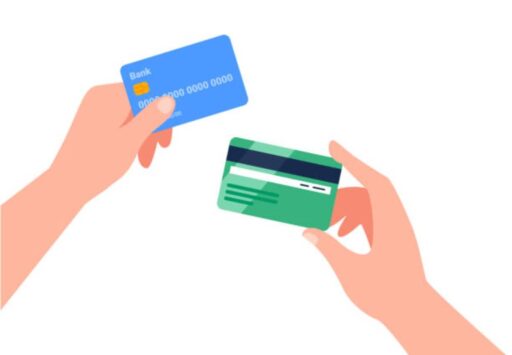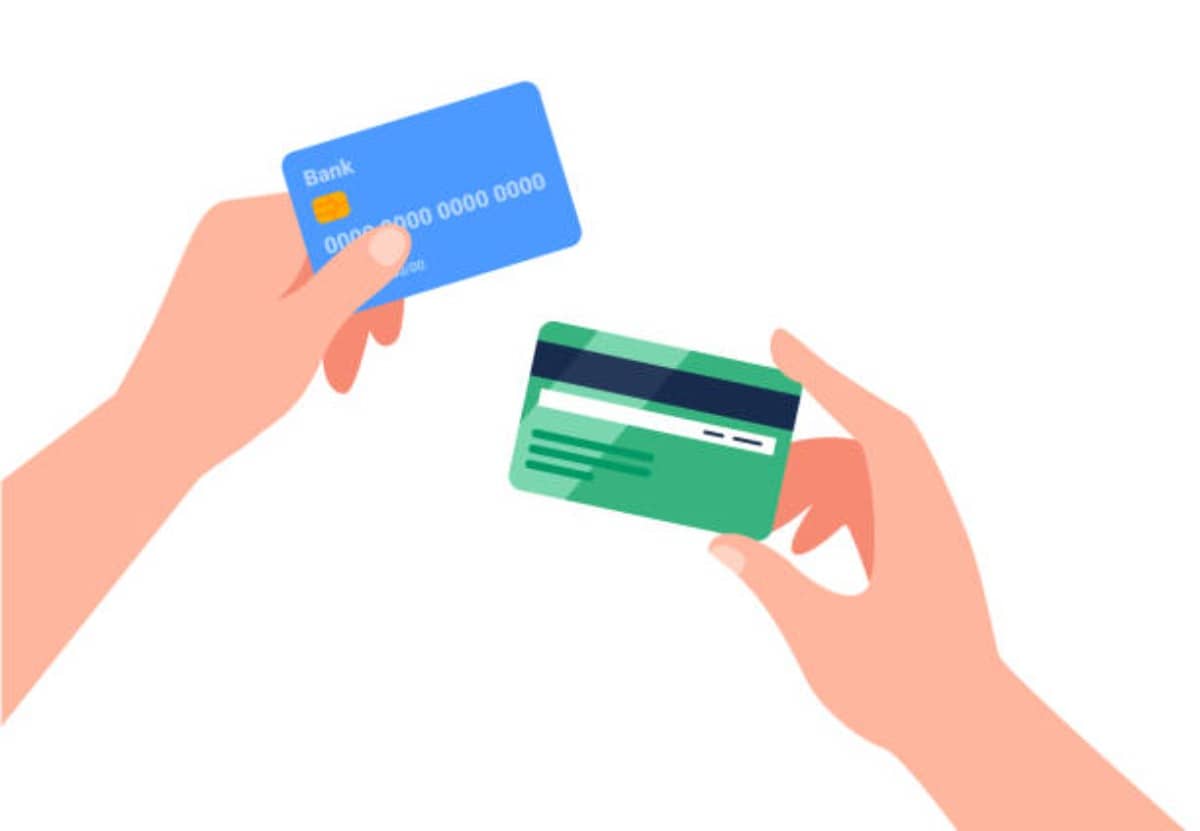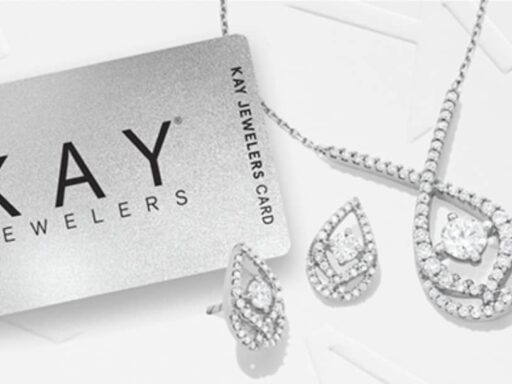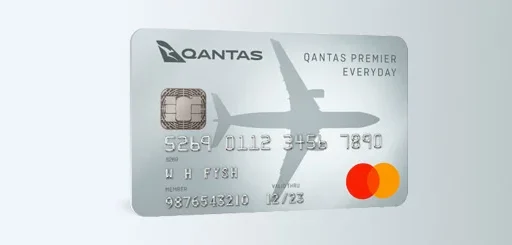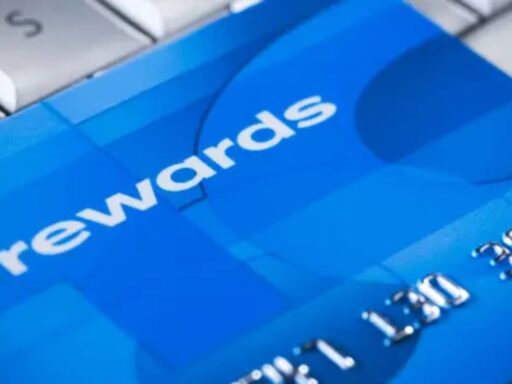Navigating the world of credit can feel overwhelming, especially when deciding between a line of credit and a credit card. Both options offer flexibility and access to funds, but they serve different purposes and come with unique features.
So, how do you choose the right one for your financial needs? Let’s break it down.
What is a Line of Credit?
A line of credit (LOC) is a flexible loan from a financial institution that allows you to borrow up to a predetermined limit. You can withdraw funds as needed and only pay interest on the amount you borrow, making it a great option for larger expenses or ongoing projects.
What is a Credit Card?
A credit card is a revolving credit account that allows you to make purchases up to a certain limit. You can use it for everyday expenses, and if you pay your balance in full each month, you can avoid interest charges altogether. Many credit cards also offer rewards and benefits, such as cashback or travel points.
Key Differences Between a Line of Credit and a Credit Card
1. Interest Rates
- Line of Credit: Typically has lower interest rates than credit cards, making it more cost-effective for borrowing larger sums. Interest is charged only on the amount drawn, often at a variable rate tied to the lender’s prime rate.
- Credit Card: Generally has higher interest rates, usually around 19% or more. If you don’t pay your balance in full each month, interest accrues on the remaining balance, which can lead to significant costs over time.
2. Accessing Funds
- Line of Credit: You can access funds through cheques, online banking, or ATM withdrawals. This flexibility makes it suitable for larger, one-time purchases or ongoing expenses.
- Credit Card: Funds are accessed primarily through in-person or online transactions. Credit cards are widely accepted, making them convenient for everyday purchases.
3. Repayment Terms
- Line of Credit: Payments can vary based on how much you’ve borrowed. You may have a longer repayment period, often up to 10-15 years, depending on the lender and the terms of the LOC.
- Credit Card: Requires monthly payments, and if you only make the minimum payment, it can take longer to pay off the balance due to accruing interest.
4. Fees
- Line of Credit: May come with registration or administrative fees, as well as potential monthly or annual maintenance fees. However, it often has fewer fees compared to credit cards.
- Credit Card: Common fees include annual fees, cash advance fees, foreign transaction fees, and late payment fees. Always read the fine print to understand the costs involved.
5. Rewards and Benefits
- Line of Credit: Typically does not offer rewards. It’s primarily a financial tool for borrowing money.
- Credit Card: Many credit cards come with rewards programs, offering cashback, travel points, or other perks for your spending.
When to Use a Line of Credit
1. Large Purchases
If you need to make a significant purchase, such as home renovations or medical expenses, a line of credit can be a smart choice. The lower interest rates and flexible repayment terms make it easier to manage larger sums.
2. Ongoing Projects
For projects that require ongoing funding, like education or business expenses, a line of credit allows you to withdraw funds as needed without reapplying for a loan.
3. Debt Consolidation
If you have high-interest debt, consolidating it into a line of credit can reduce your overall interest payments, making it easier to pay off your debt more quickly.
When to Use a Credit Card
1. Everyday Expenses
Credit cards are ideal for daily purchases like groceries, gas, and online shopping. If you can pay off the balance each month, you can enjoy the benefits without incurring interest.
2. Earning Rewards
If you’re looking to earn rewards on your spending, a credit card is the way to go. Whether it’s cashback or travel points, using a credit card for regular purchases can provide additional value.
3. Emergency Situations
Credit cards can be a handy financial tool in emergencies when you need quick access to funds. Just remember to pay off the balance as soon as possible to avoid high interest.
Conclusion
Understanding the differences between a line of credit and a credit card is essential for making informed financial decisions. Both options have their place in your financial toolkit, depending on your needs.
- Use a line of credit for larger purchases, ongoing expenses, or debt consolidation.
- Opt for a credit card for everyday spending, earning rewards, and emergencies.
By knowing when to use each, you can manage your finances more effectively and avoid unnecessary debt. So, take a moment to assess your financial situation and choose the option that best aligns with your goals
